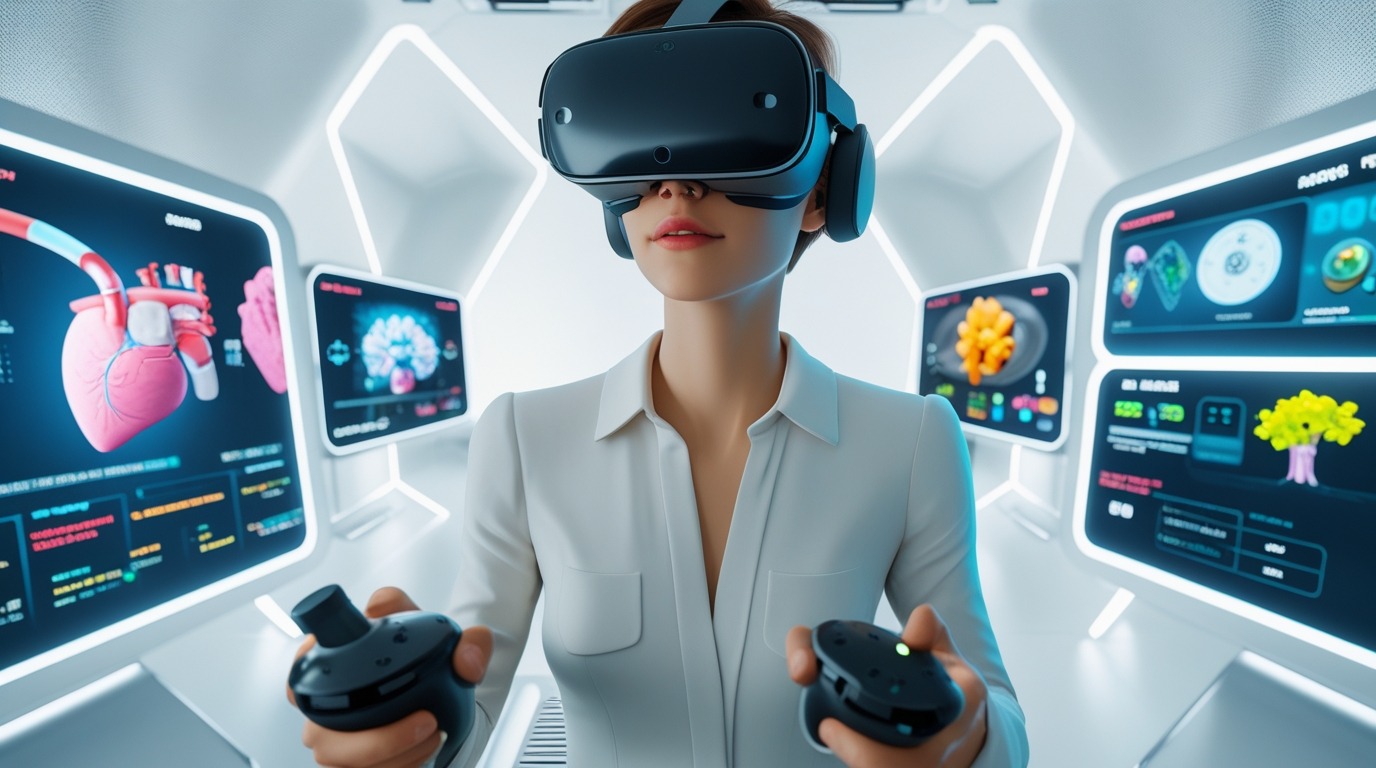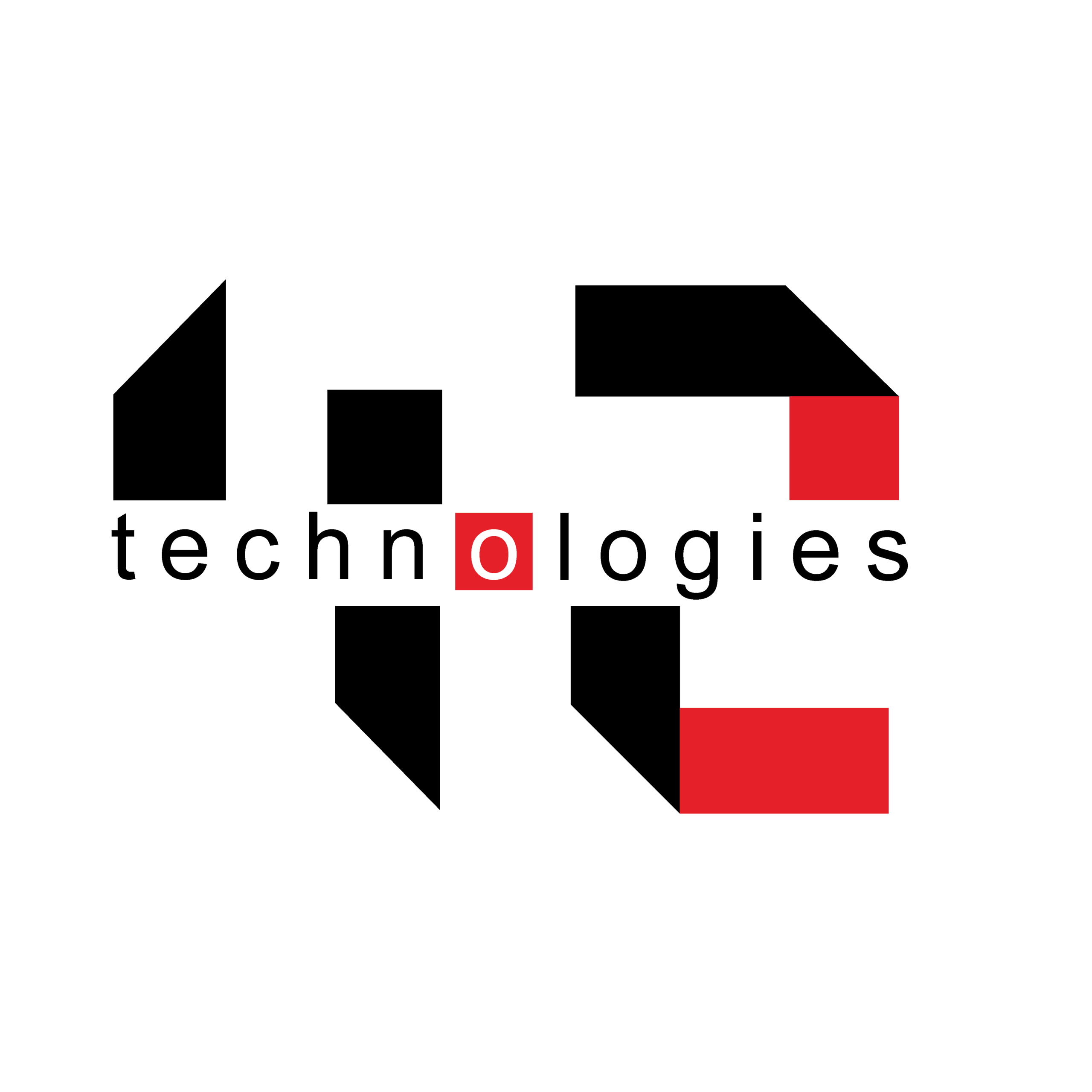How AR and VR Experiential Learning Tools Empower Real-World Skills
Introduction: The Rise of Skill-Based Learning
The Power of Experiential Learning in Skill Development
Experiential learning emphasizes hands-on experience over passive learning. It helps learners absorb complex concepts by applying them in realistic scenarios. For example, instead of reading about machinery maintenance, a trainee can use a VR headset to virtually repair the machine, experiencing each step in real time.
AR and VR enhance this process by adding interactivity and immersion — turning theory into action.
How Augmented Reality Builds Practical Skills
AR overlays digital information on the real world, making it a perfect training companion for fields that require contextual learning.
Examples of AR in skill development:
- Manufacturing: Workers can view step-by-step assembly instructions on machinery.
- Medical Training: Surgeons can visualize organs or practice surgical steps through AR-enabled tools.
- Retail and Customer Service: AR helps employees learn store layouts or product information interactively.
Benefits:
- Real-time feedback and guidance.
- Learning in authentic settings without halting real operations.
- Cost-effective and scalable training.
AR ensures that learning happens in context, bridging the gap between theory and workplace application.
How Virtual Reality Creates Immersive Skill Simulations

Virtual Reality provides a safe, fully immersive environment where users can practice and refine skills.
Applications across industries:
- Aviation: Pilots train in flight simulators that replicate real cockpit conditions.
- Healthcare: Students perform virtual surgeries to build confidence and accuracy.
- Construction: Engineers explore blueprints in 3D before starting actual work.
- Soft Skills Training: Professionals enhance communication, leadership, and empathy through VR role-playing.
Advantages:
- Risk-free practice in high-stakes fields.
- Detailed analytics on learner performance.
- Repeatable, consistent, and scalable experiences.
VR makes skill acquisition more effective, safe, and measurable.
AR and VR in Corporate and Industrial Training
Modern enterprises are rapidly adopting AR/VR experiential tools to enhance workforce productivity and safety.
Key use cases include:
- Onboarding Programs: New employees explore virtual workplaces before joining physically.
- Safety Training: Workers experience emergency scenarios in VR for better preparedness.
- Product Training: Sales teams use AR to visualize product features and benefits.
- Remote Collaboration: AR/VR enable global teams to interact as if they were in the same room.
These methods save time, reduce costs, and increase engagement — resulting in more skilled and confident employees.
Why Experiential Learning in AR/VR Outperforms Traditional Methods
Traditional learning relies heavily on reading or watching, whereas AR/VR learning is about doing.
Research shows that people remember up to 90% of what they actively engage in — making experiential learning significantly more impactful.
Key differences:
- Active participation vs. passive observation
- Real-time feedback vs. delayed assessment
- Emotionally engaging vs. abstract concepts
AR and VR convert learning from a theoretical process into an experiential journey.
The Future of Skill-Based Experiential Learning
As AR and VR technologies advance, future learning tools will become more personalized, adaptive, and data-driven. Integration with AI and machine learning will further refine experiences by analyzing learner behavior and customizing content in real time.
Imagine a VR environment that adjusts difficulty based on your performance or an AR system that provides instant corrective feedback — this is the direction experiential learning is heading.
By 2030, AR/VR-based experiential learning is expected to become a mainstream tool across education, healthcare, defense, and corporate sectors.
Conclusion: Empowering the Workforce of Tomorrow
Experiential learning tools using AR and VR are no longer futuristic; they are today’s reality. By combining technology with interactivity, they empower individuals to gain real-world skills faster, more effectively, and with greater confidence.
As industries evolve, organizations embracing AR/VR skill-based learning will lead the way in innovation, productivity, and human capital development. The era of immersive learning is here — and it’s transforming how the world learns, trains, and grows.

